Mexico, a lab from which solutions are generated to address global challenges
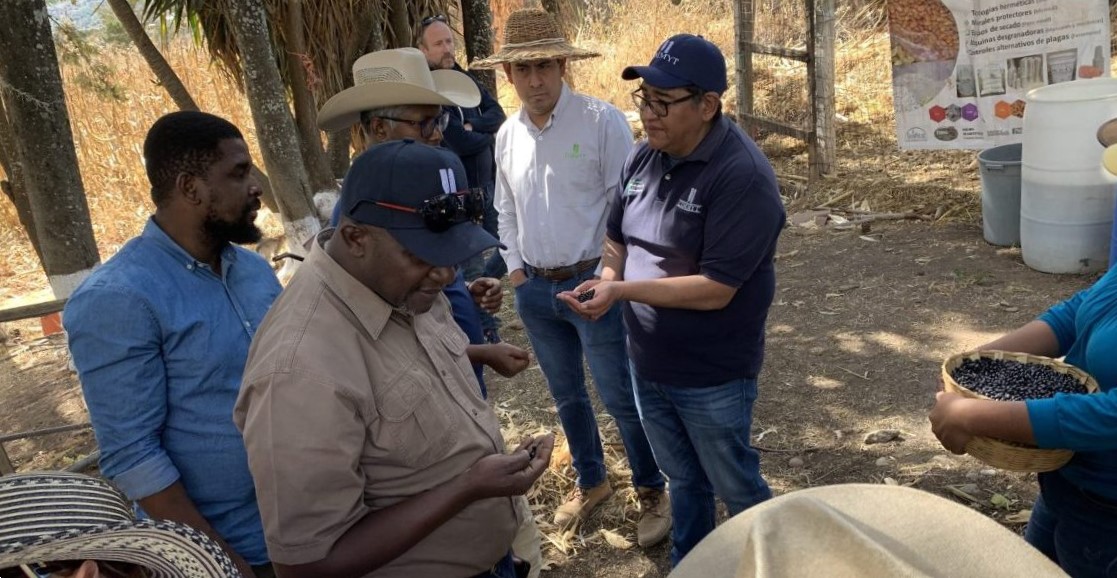
“It was a stunning experience for me to understand the operation of a hub and see farmers interact directly with field technicians, applying the principles of Conservation Agriculture. I remember a lady from Oaxaca telling us how productive she has become using la matraca, a simple, manual seeder and fertilizer,” says Mandla Nkomo during his recent visit to the Mixteca oaxaqueña in southern Mexico.
Mandla is the chief growth officer for the Excellence in Agronomy Initiative (EiA) which, “gathers more than 10 CGIAR Research Centers whose goal is to create solutions to problems that farmers face globally. EiA works on a foundation that is driven by demand to understand the challenges farmers are dealing with, and bring forth a development system for innovation that is capable of coping with those challenges and finding solutions that can be tested, validated, and scaled,” he mentions.
His searching for a system that triggers and diffuses innovation for farmers motivated Mandla to visit the hubs in Oaxaca, Mexico. “We are here because we wanted to study all the hubs and the projects based on the methods CIMMYT and its collaborators have developed in Mexico. One of the things we consider at EiA is the successful and sustainable transition from individual use to working within a partner network.”
“What we have seen here is the work of our colleagues from CIMMYT. For the last decade, they have come up with these hubs or innovation centers situated across different agroecological regions in Mexico. What is unique about the hubs is the ecosystem they are creating, which in my opinion, is what brings excellence in agronomy,” says Mandla.
The hubs are a management approach for innovation that was developed in Mexico based on initiatives like MasAgro-Cultivos para México. Due to its big impact, it’s being replicated in Asia, Africa, and in other Latin America countries. In addition, it lies in the heart of CGIAR initiatives.
About this methodology, Mandla says those who participate in it, are trying to understand the challenges that farmers truly face. Then a platform is developed to do proper research that responds to farmers’ needs. Subsequently, they test it in modules which provides proof of the impact these solutions are having as compared to conventional farming. Finally, these solutions are transferred to areas called extension, from which large-scale innovations are implemented.
During his visit to the research platform in Santo Domingo Yanhuitlan and to modules for innovation, extension areas, seed warehouses, post-harvest modules and machinery locations at different towns in Oaxaca, Mandla Nkomo and other visitors from EiA had the opportunity of learning not only how the South Pacific Hub operates but also witnessed how this management approach for innovation is socially and culturally relevant to one of the most diverse regions in the country.
“These days have been truly amazing. They have been very useful in refining the picture of what’s possible to do and scale. Mexico is a megadiverse country with varied agroecology. Our approach can be replicated in many parts of the world. I’m very excited with what we have seen. The country that gave us corn is now providing the world with solutions that will have major impacts on global food security. So, it is now our task (me and the whole EiA team) to find ways to pass this on to other latitudes”.
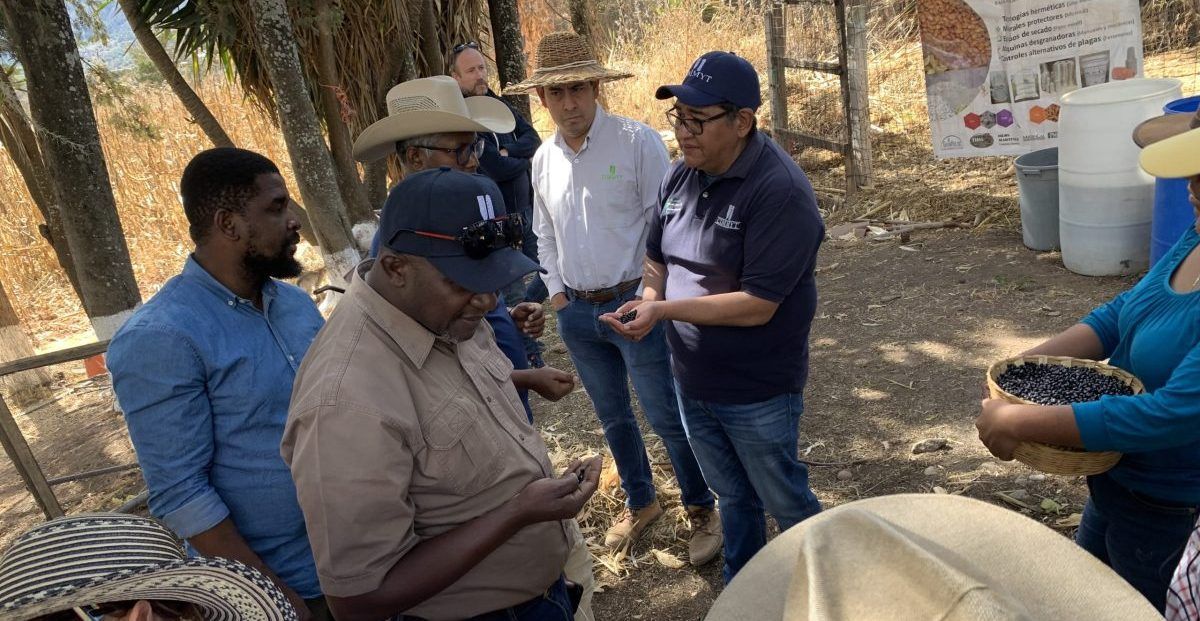
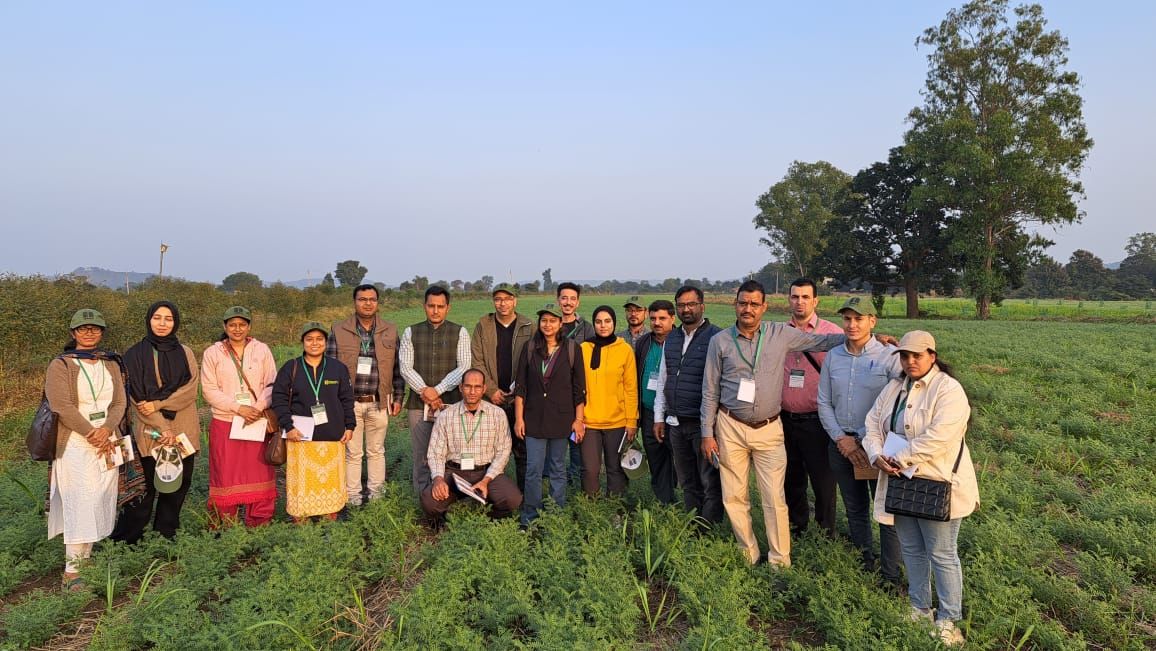
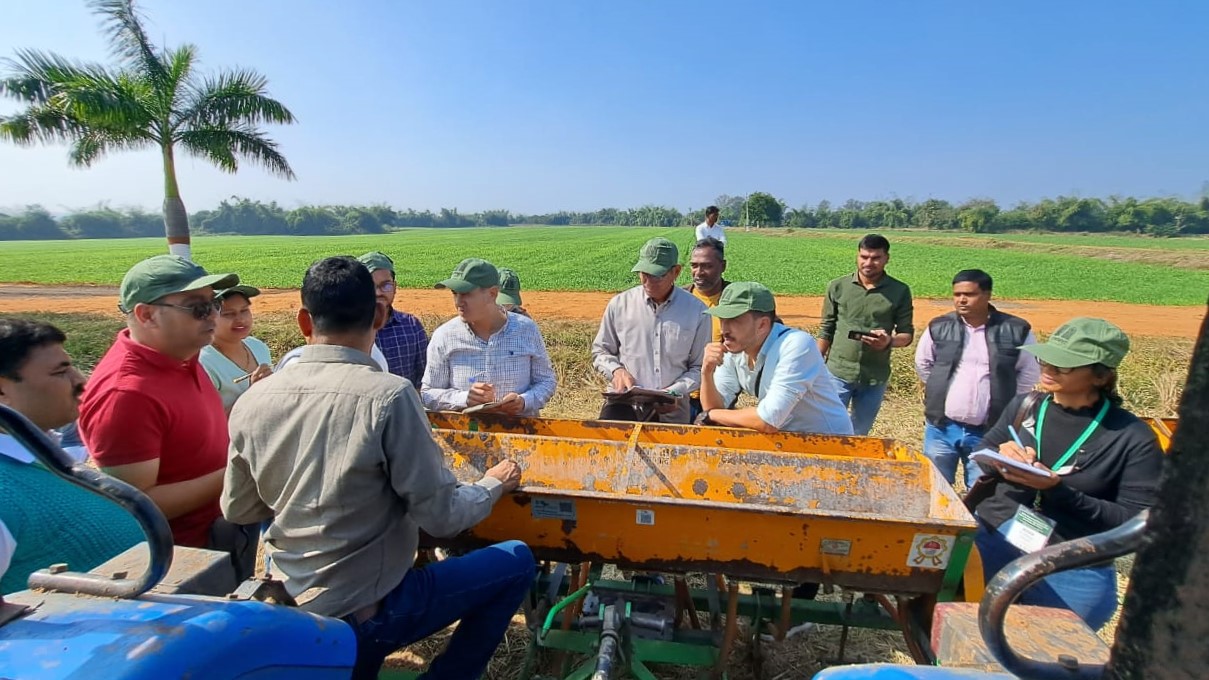
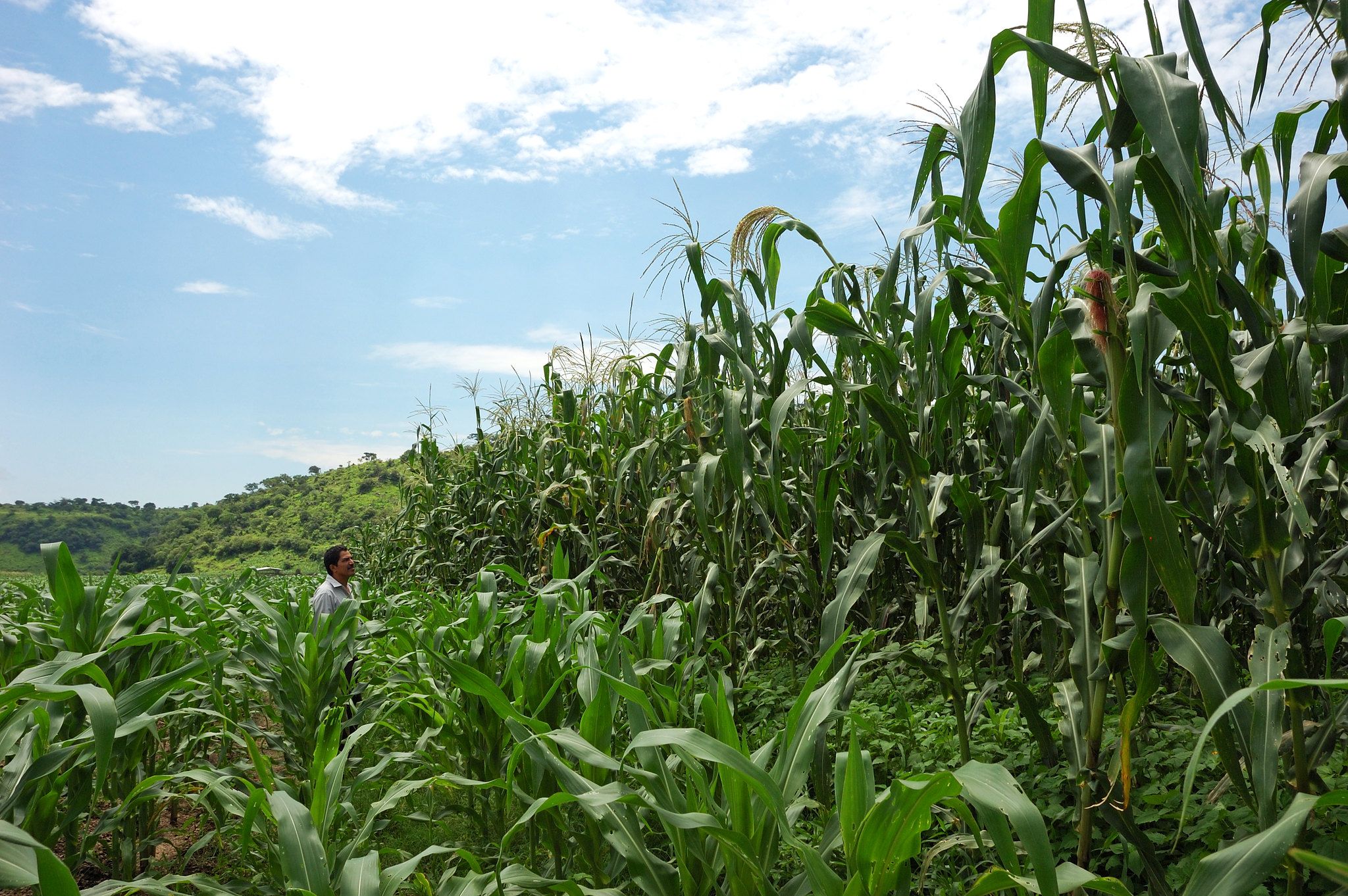
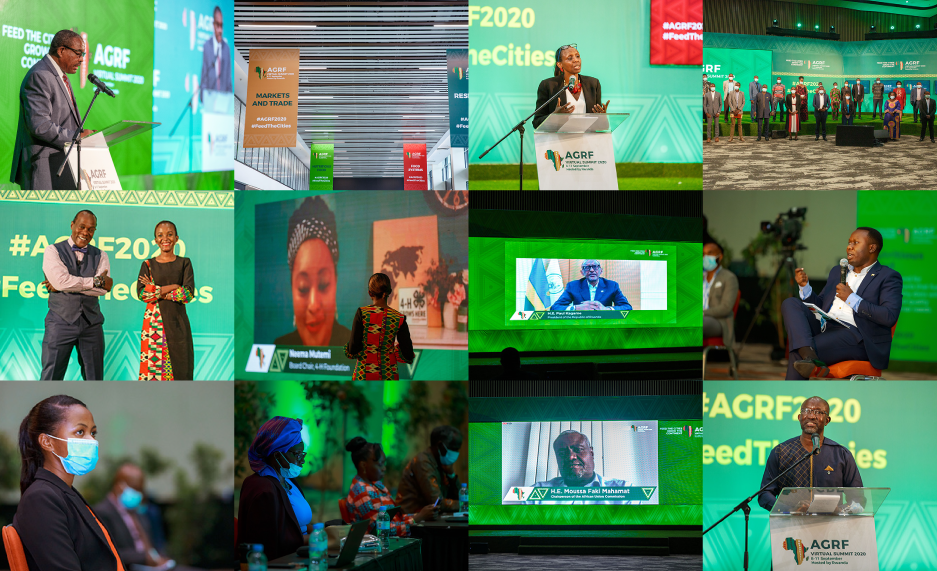
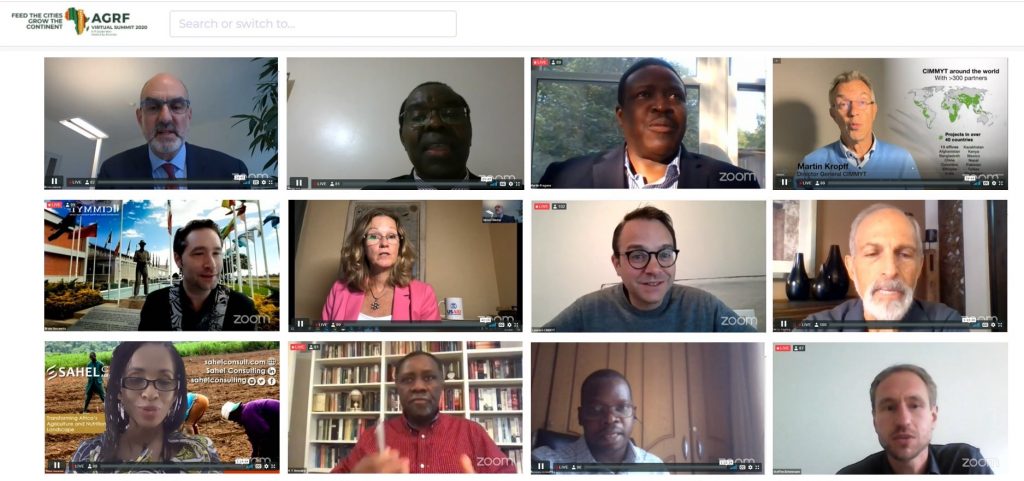
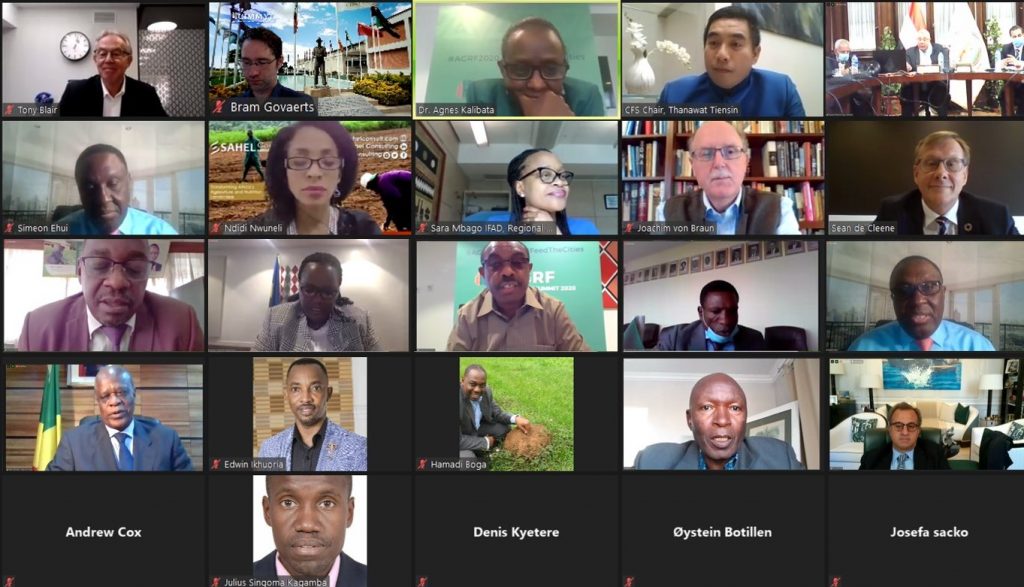
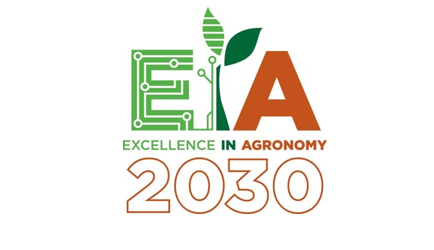
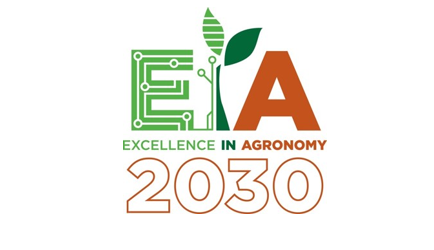 Nine
Nine